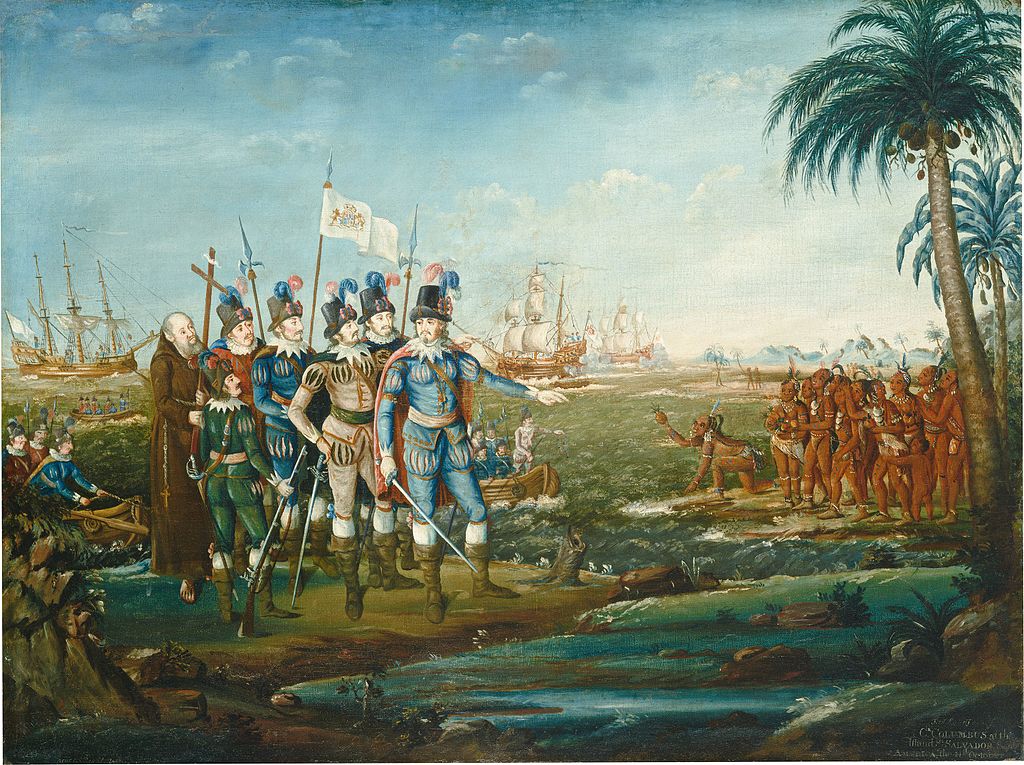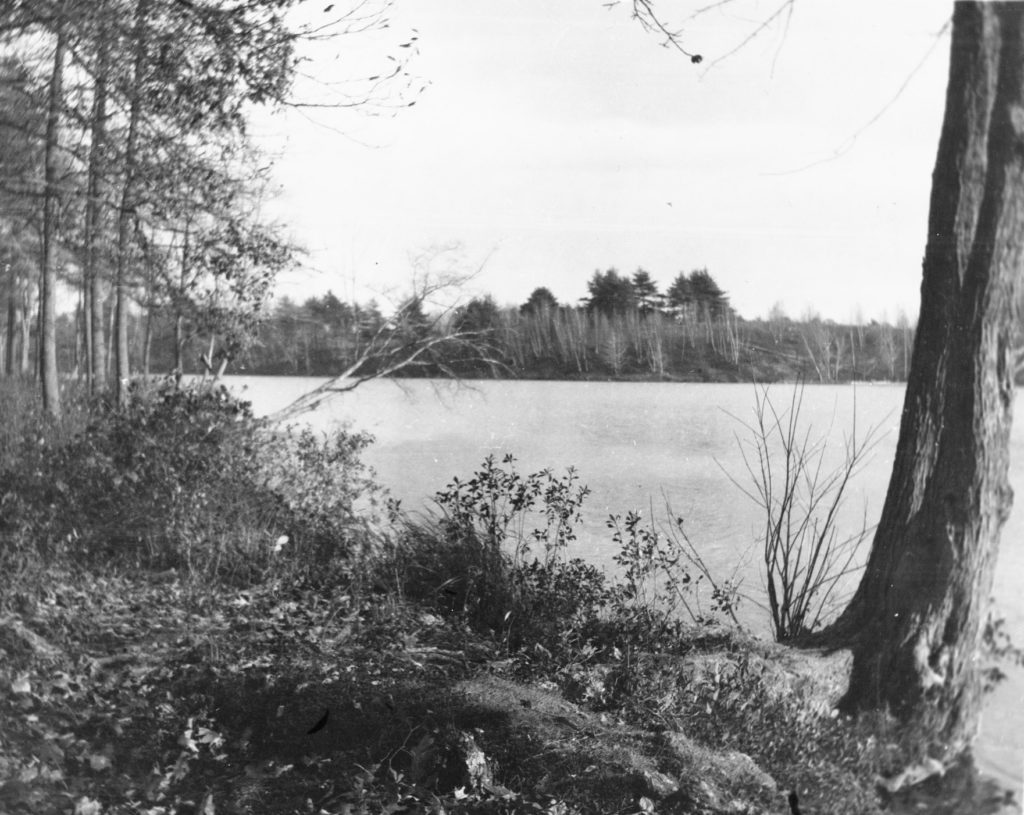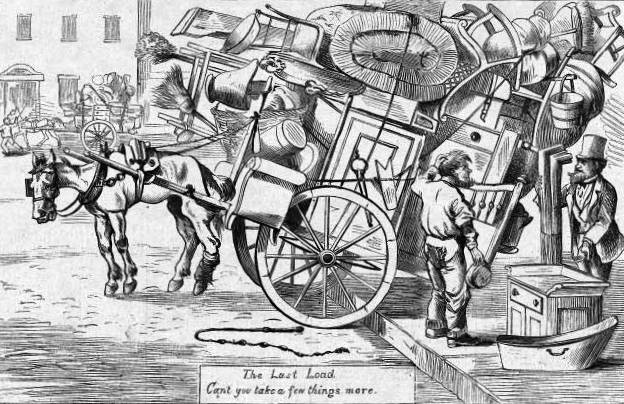
This essay is part of a new Westborough History Connections series called, “A Meeting of Two Cultures: Native Americans and Early European Settlers in Westborough.” Click here to start at the beginning of the series.
Some Preliminaries
Before I dive into the history of the meeting of Native Americans and European settlers in and around Westborough, I need to explain some terminology and my approach to this topic.
As I stated in the inaugural essay to this series, my goal is to bring more nuance and sophistication to the way we talk about the pre- and early history of Westborough. Rather than rely on tales involving Native Americans that have questionable origins as a go-to means for acknowledging the presence of Indigenous people here in Westborough before European arrival, I have instead been seeking out sources that treat this history in more serious ways.
I am not an expert in this history. In this series, I will merely be reporting my findings after researching and thinking about this topic for many months. My hope is that my essays move us towards being able to talk about Native Americans in more human, three-dimensional terms by recognizing their cultural sophistication as well as their faults and contradictions. The same goes for the European settlers. Human beings are complicated creatures, and our history should reflect this fact.
One of the many things I have learned while researching this topic is how much the systems of thought that privilege colonial settlement continue to shape thinking about this early history. Some of these effects are easy to spot—the cartoonish “cowboys and Indians” framework in old movies easily comes to mind—but many of them are nuanced and require rigorous self-reflection to identify them. Over and over again while talking with people who are more knowledgeable about this topic than I am, they would point out how I would at times easily fall into implicitly valorizing European culture over that of Native American, oftentimes simply in the way that I phrased my point. I may inadvertently display similar biases in this series of essays, and I apologize in advance if I do. I am happy to own up to these moments, though, because they demonstrate how deeply embedded in history we all are, and I would rather risk displaying my own ignorance than not address this important period of Westborough history. My intentions in exploring this topic are sincere, but I am also human and thus susceptible to contradiction and to the thought systems that have been handed down to me through history.
Up until this point, I have mainly used “Native American” as the term to identify the ancestry of people who lived here in North America prior to European settlement. Not surprisingly, use of this term and others (“Indigenous people,” “American Indians,” “Natives,” etc.) can be controversial. Many people with indigenous ancestry prefer “Indian”; others have other preferences. People often disagree with one another when selecting terminology to identify them as a group, and Native Americans are no different. The Nipmucs, however, are the people who inhabited the area in and around Westborough before and after European settlement, so I will use their tribal name when I am specifically referring to them. I will be using “Native American” and other generic terms interchangeably when speaking about Indigenous people more broadly and in comparison with Europeans or when I cannot identify a certain practice as being specifically Nipmuc.
Westborough, of course, did not exist until 1717, so to talk about Native American history in the context of our town, as I am doing here, automatically privileges the European thought system over the Native one. The Nipmucs did not call this area Westborough nor did they define its borders; the English did. So we are left with a contradiction: to talk about Native American presence through the lens of Westborough local history works to continue the erasure of the former in the very name of the latter. That is, if we are interested in examining how the Nipmucs used the land in and around Westborough, we are stuck using a term that signifies ownership of the land as defined by Europeans rather than meeting the Nipmucs on their own terms, or somewhere, somehow, in the middle. As we will later discover, different philosophies and approaches to land use by these two cultures go to the heart of this contradiction.
And finally, whenever we as Americans discuss the history of Native American life and culture, politics quickly enters the picture given the horrendous treatment of Indigenous people by European settlers. Those events, and many of the belief systems that underlie them, continue to shape Native American politics today, land restitution and tribal sovereignty being two such issues. I will say up front that I have no dog in this fight and have no intention to advocate for one policy position over another in the current political spectrum. People are free to draw their own conclusions. My sole interest is to examine what happened when Native and European cultures encountered one another, and how this encounter play out in and around Westborough. In doing so, I hope to treat both cultures with respect, interrogate their motivations, and see how their differences played out historically.
—Anthony Vaver, Local History Librarian
Works Consulted:
- Changes in the Land: Indians, Colonists, and the Ecology of New England by William Cronon.
- Facing East from Indian Country: A Native History of Early America by Daniel K. Richter.
- People of the Fresh Water Lake: A Prehistory of Westborough, Massachusetts by Curtiss R. Hoffman.
- 1491: New Revelations of the Americas Before Columbus by Charles C. Mann.
- The Dawn of Everything: A New History of Humanity by David Graeber and David Wengrow.
Click here to go to the next essay in the series, “A Meeting of Two Cultures: Native Americans and Early European Settlers in Westborough”
* * *

“The Truth Behind the Tales: The Nipmuc Presence in Westborough”
Did you miss this excellent Westborough Historical Society program? If so, you are in luck, because it is now available to view on Westborough TV: https://westboroughtv.org/the-truth-behind-the-tales-the-nipmuc-presence-in-westborough/.
In her talk, Cheryll Toney Holley, Leader of the Hassanamisco Nipmuc Band in Grafton, discusses Nipmuc tribal oral history, especially Westborough’s Nipmuc stories, and uncovers the historical basis and Nipmuc perspectives behind each story.
Want to read other Nipmuc stories? Then check out Dawnland Voices: An Anthology of Indigenous Writing from New England, edited by Siobhan Senier and others. The anthology contains a whole section on Nipmuc stories. I also just placed an order for Drumming & Dreaming by Larry Spotted Crow Mann, which Holley mentioned in her talk. You can either put in an ILL request for it now or keep an eye out for the Westborough library’s copy to come in.
* * *
Tell Us Your Westborough Story
We are starting a new annual feature that we will add content to the Westborough Archive called, “Your Westborough Story.” This year, share your thoughts and memories by answering the question: “What Brought You to Westborough?” (and if you never left Westborough, tell us why you have stayed!).
Click on the link to tell your story or stop by the Westborough Center and fill out a paper form. It only takes a couple minutes, so do it now! You don’t even need to sign your name. Your contribution will go into the Westborough Archive and become a part of Westborough history.
* * *
Did you enjoy reading this Westborough Center Pastimes newsletter? Then subscribe by e-mail and have the newsletter and other notices from the Westborough Center for History and Culture at the Westborough Public Library delivered directly to your e-mail inbox.
You can also read the current and past issues on the Web by clicking here.
